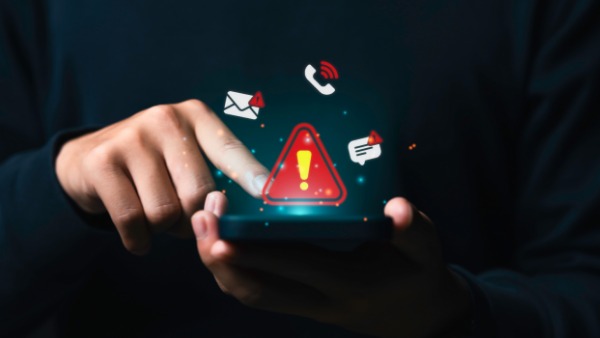The Most Dangerous Apps on Your Phone (And How to Stay Safe)
Unmasking Your Phone's Riskiest Apps: Practical Protection Strategies
Your smartphone is a lifeline, a hub for communication, productivity, and entertainment. Yet, nestled amongst your trusted utilities and games, lurk potential threats disguised as harmless applications. These dangerous apps can compromise your privacy, drain your finances, or even hijack your device. Understanding these threats and implementing robust defenses is no longer optional; it’s essential for digital well-being.
Defining the Danger Zone: App Categories Warranting Scrutiny
Not all risky apps are blatantly malicious. Many operate in grey areas, exploiting permissions or user trust. High-risk categories include third-party app stores sideloaded outside official channels like Google Play or Apple’s App Store. These platforms often host pirated software or apps deliberately modified to contain spyware or adware. Security researcher Elena Petrov notes, “Sideloading bypasses critical security vetting. It’s the single most common vector for sophisticated mobile malware infections we encounter in forensic investigations.”
Stalkerware or spyware apps, often masquerading as parental controls or device trackers, present another severe threat. These apps can secretly log keystrokes, track location, access messages and photos, and monitor calls without consent. Fake utility apps promising free storage cleaners, RAM boosters, or battery savers frequently deliver intrusive adware or hidden subscription traps. Finally, unofficial mods or cracked versions of popular paid apps are notorious for bundling malware that steals credentials or locks devices for ransom.
Proactive Defense: Your Actionable Safety Protocol
Combating these threats requires vigilance and consistent practices. Start by critically evaluating every app before installation. Scrutinize developer information; reputable companies have established identities. Be deeply skeptical of apps with minimal downloads, sparse descriptions, or numerous negative reviews mentioning suspicious behavior. Read requested permissions carefully. Does a simple flashlight app truly need access to your contacts, location, and microphone? Deny unnecessary permissions during installation and revoke them later in your device settings if an app’s functionality doesn’t align.
Maintaining your device’s operating system and all installed apps at their latest versions is non-negotiable. Updates frequently patch critical security vulnerabilities that attackers exploit. Enable automatic updates where possible. Leverage your device’s built-in security tools. Both Android and iOS offer robust app scanning capabilities. On Android, ensure Google Play Protect is active within the Play Store settings. For iOS, rely on Apple’s stringent App Review process but remain vigilant against deceptive apps that slip through.
Be exceptionally wary of apps demanding Accessibility Service access unless necessary for genuine functionality. This powerful permission can be abused by malicious apps to monitor screen activity and control your device. Uninstall apps you no longer use; they represent unnecessary potential attack surfaces. Finally, consider reputable mobile security software from established vendors like Bitdefender, Norton, or Kaspersky. These provide an additional layer of defense against sophisticated threats, including real-time scanning and phishing protection, complementing your device’s native security. User testimonials frequently highlight how these tools intercepted threats that bypassed initial defenses.
Recognizing the Red Flags: Ongoing Vigilance
Security is continuous. Monitor your phone for unusual behavior: sudden battery drain, unexpected data usage spikes, overheating, strange pop-up ads appearing outside browsers, or apps crashing frequently. These can indicate malware activity. Regularly review your installed app list and permissions. Check bank statements for unfamiliar subscriptions often initiated by deceptive free trials within apps. If you suspect an app, uninstall it immediately and run a security scan. For severe issues like stalkerware, a full device factory reset may be necessary, followed by restoring data only from a known safe backup.
Securing Your Digital Lifeline
The convenience of mobile apps carries inherent risks, but informed users are empowered users. By understanding the types of dangerous apps, meticulously vetting installations, managing permissions ruthlessly, keeping software updated, and utilizing available security tools, you significantly harden your device against compromise. Treat your smartphone’s security with the same diligence as your online banking. Consistent application of these practical steps transforms your phone from a potential vulnerability into a secure, trusted companion in your daily life. Your privacy and security are worth the vigilance.
Subscribe to my whatsapp channel

